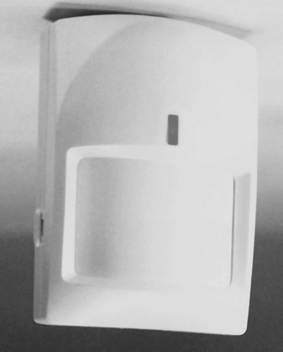med.uni-goettingen.de
T a g d e r M e d i z i n 2 0 0 7 Befreiung von der abhängigkeit arzneimittel helfen beim ausstieg Immer bessere Medikamente helfen Abhängigen, auch dauerhaft von ihrem Suchtstoff loszukommen. Diese Chancen sollen konsequenter genutzt werden. Abb. 1: Mit Naltrexon (Nemexin®) plus Acamprosat (Campral®) Abb. 2: Vareniclin (Champix®) hilft am besten bei der Nikotin- Abb. 3: H


 HIGH-PERFORMANCE
HIGH-PERFORMANCE